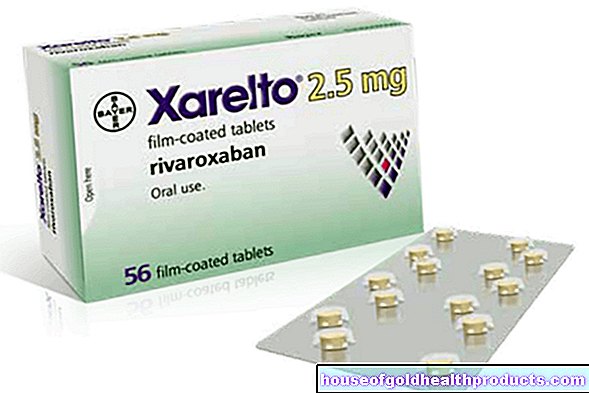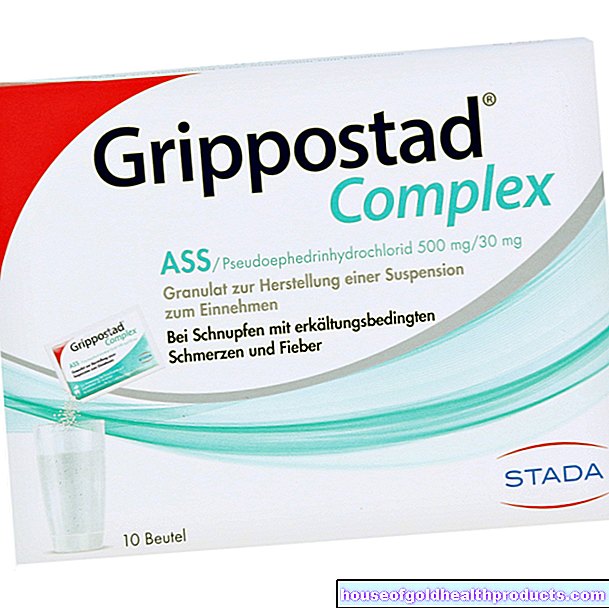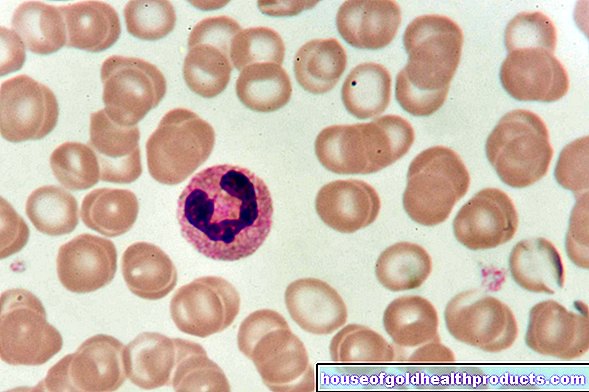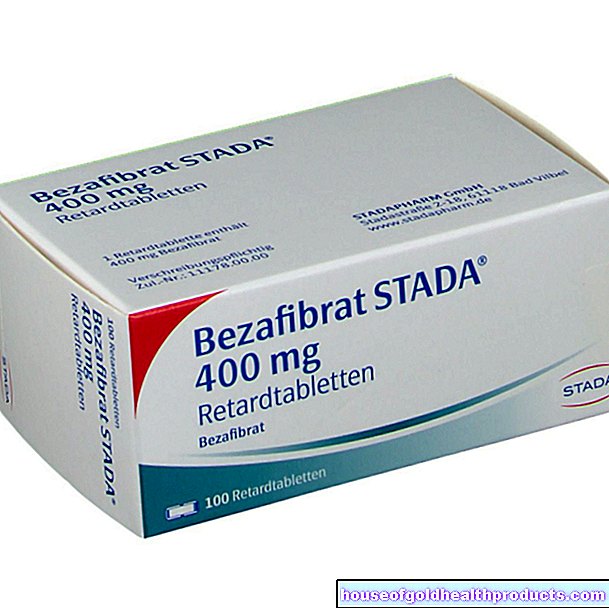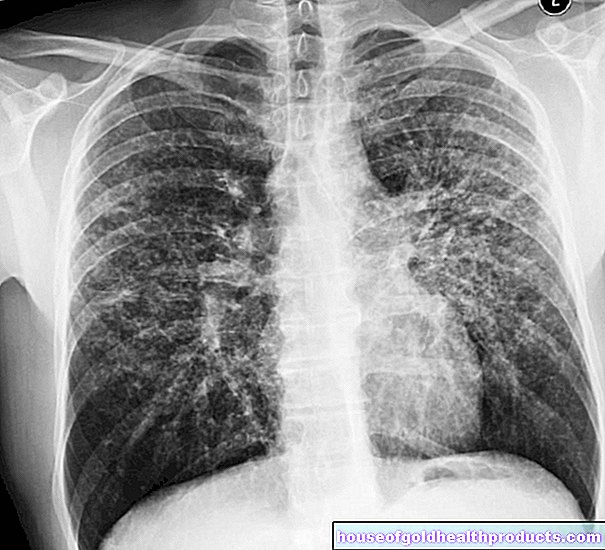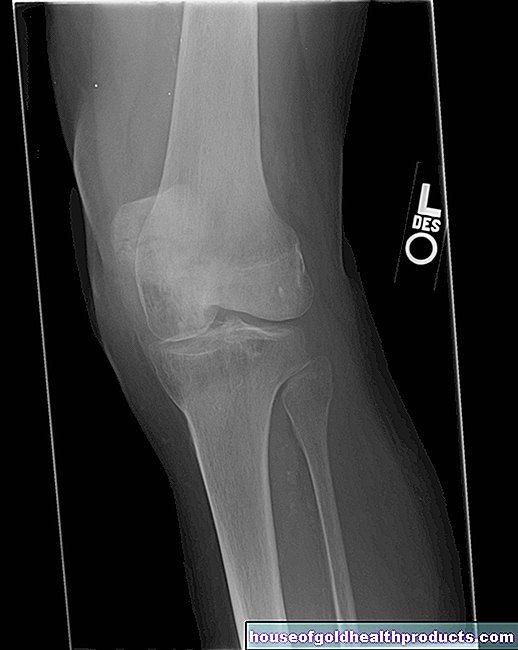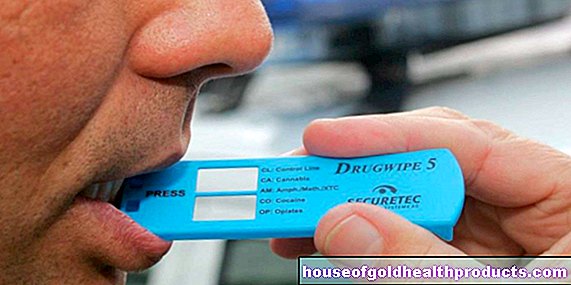Thrombin time
and Eva Rudolf-Müller, doctorEva Rudolf-Müller is a freelance writer in the medical team. She studied human medicine and newspaper sciences and has repeatedly worked in both areas - as a doctor in the clinic, as a reviewer, and as a medical journalist for various specialist journals. She is currently working in online journalism, where a wide range of medicine is offered to everyone.
More about the experts All content is checked by medical journalists.The thrombin time (also plasma thrombin time, PTZ) is a laboratory parameter for checking blood coagulation. It is determined from blood plasma that is mixed with the coagulation factor thrombin in the laboratory. The doctor often uses the measurement of the thrombin time to monitor therapy with the anticoagulant heparin. Here you can read everything you need to know about the thrombin time, how it is defined and which normal values apply.
What is the thrombin time?
The thrombin time is a laboratory value that checks part of the blood clotting. It is defined as the time it takes to convert fibrinogen to fibrin.
If there is a vascular injury, the body tries to stop the bleeding that has developed. Hemostasis, also known as primary hemostasis, is the first step: Special messenger substances (mediators) activate the blood platelets (thrombocytes), which form a plug on site and thus seal the leak.
However, this plug is still quite unstable and must first be strengthened. This is where what is known as secondary hemostasis, or blood clotting, begins. It consists of a chain of reactions made up of several coagulation factors. At the end of the reaction chain is the fiber protein fibrin, which covers the platelet plug as a network structure and thus stabilizes it. The precursor of fibrin is fibrinogen - the thrombin is responsible for converting it into fibrin.
When is the thrombin time determined?
The doctor determines the thrombin time for monitoring heparin therapy or fibrinolysis therapy. It can also be useful for diagnosing disturbed fibrinogen production.
Thrombin time: which value is normal?
The thrombin time is determined from the blood plasma, which is mixed with citrate when it is removed. This prevents blood clotting until the time of the examination. In the laboratory, the laboratory doctor then adds a small amount of thrombin. He then determines the time until fibrin formation occurs, which is normally around 20 to 38 seconds. However, the normal value can vary depending on the amount of thrombin added.
When is the thrombin time shortened?
A shortened thrombin time is of no importance. At most, it can be an indication of large amounts of fibrinogen in the blood (hyperfibrinogenemia).
When is the thrombin time extended?
A prolonged thrombin time occurs in the following cases:
- Cirrhosis of the liver
- Collagenoses (connective tissue diseases)
- Plasmacytoma (multiple myeloma)
- Nephrotic Syndrome
- Newborns (here the PTZ extension has no disease value, but is normal)
- severe or complete lack of fibrinogen (afibrinogenemia)
- increased breakdown of fibrin (hyperfibrinolysis) with a consequent fibrinogen deficiency
- increased consumption of blood coagulation factors due to consumption coagulopathy (for example due to shock or sepsis = "blood poisoning")
Another common reason for an extended PTZ is taking certain medications such as penicillin, thrombin inhibitors such as hirudin or heparin. Even a small dose of heparin leads to an extension of the thrombin time, which is why the laboratory value is a very good test for checking the heparin therapy or for detecting an overdose.
What to do if the thrombin time has changed?
In the event of an extended plasma thrombin time, the doctor must find out the cause and clarify the possible diseases. For this, it is often necessary to determine additional laboratory values, unless they were already measured during the initial examination.
If the patient is receiving heparin, an increase in the thrombin time to about 35 seconds is normal. However, if the thrombin time is significantly longer, a dose adjustment may be necessary.
Tags: sports fitness pregnancy hospital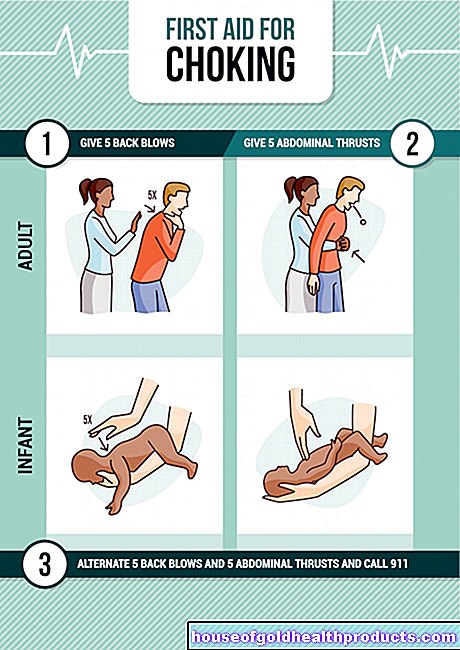







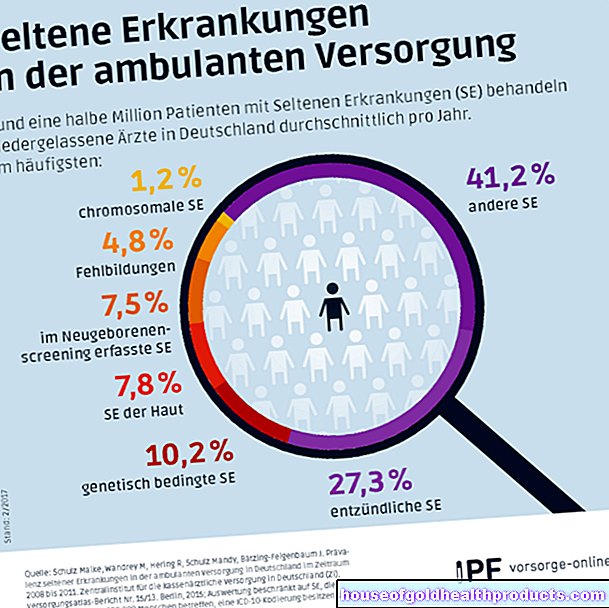

.jpg)

